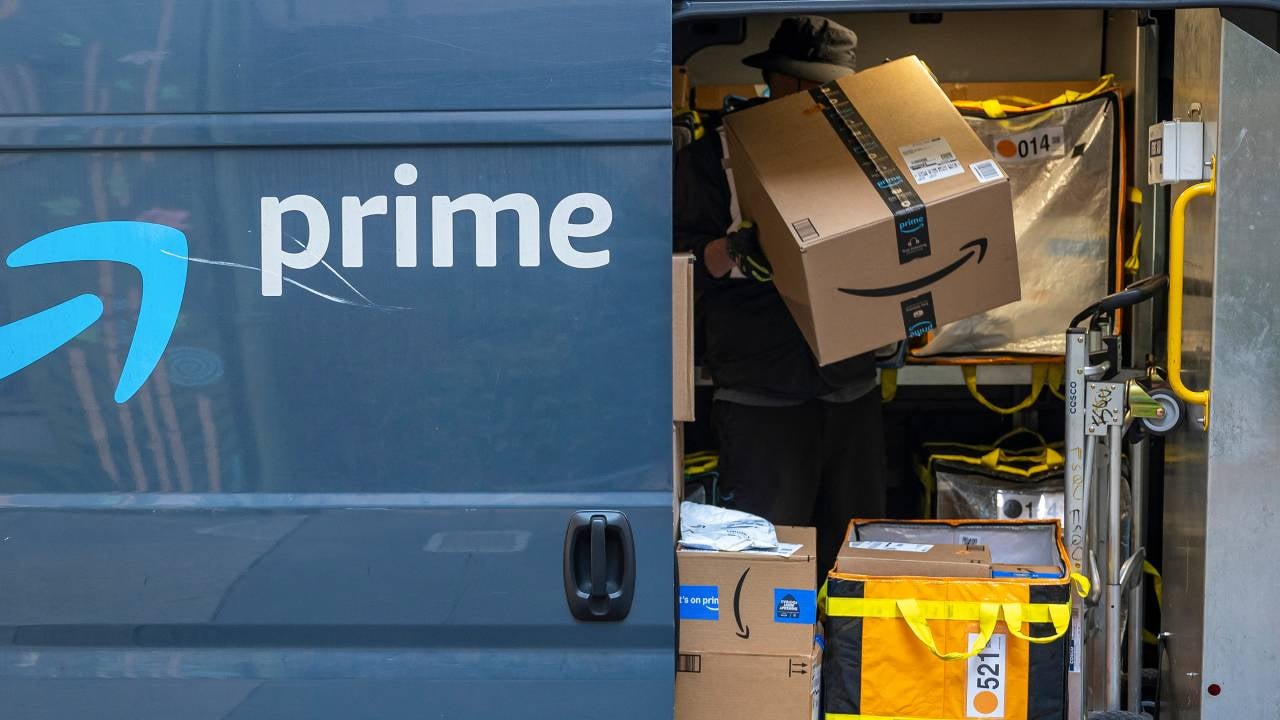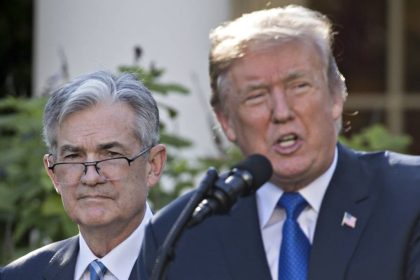Amazon (AMZN) delivered a strong earnings performance in the first quarter of 2025, a signal to investors that the e-commerce giant remains a dominant force in Big Tech. But beneath the healthy profit lies a more complicated picture for investors moving forward.
A quarter of solid results for Amazon
Amazon posted $155.7 billion in revenue for the quarter ending March 31, up 9 percent year over year. Still, that growth lagged some other Magnificent 7 companies, like Microsoft (MSFT) and Meta (META), which expanded revenue by 13 percent and 16 percent, respectively. Amazon did outpace Apple’s (AAPL) sluggish 4 percent growth.
The real headline, though, was Amazon’s bottom line: Net income soared about 64 percent to $17.1 billion. The surge was driven largely by Amazon Web Services (AWS), which once again demonstrated why it’s the company’s crown jewel.
AWS generated $29.3 billion in revenue and $11.5 billion in operating income — nearly 63 percent of Amazon’s total operating profit, even though it made up less than one-fifth of total sales.
Advertising was another bright spot, growing 19 percent year over year. Analysts are optimistic about this segment of the company moving forward.
However, Wall Street wasn’t totally convinced. Shares of Amazon dipped about 2.5 percent in after-hours trading, reflecting concern about Amazon’s soft Q2 guidance and a still-murky tariff outlook.
The tariff story: More bark than bite — for now
The onset of new U.S. tariffs on China loomed over tech earnings season. For Amazon, the impact so far appears limited.
During the company’s earnings call, CEO Andy Jassy downplayed the threat: “Amazon is not uniquely susceptible to tariffs,” noting that most sellers hadn’t raised prices — yet.
Amazon saw increased purchases in certain categories over the quarter, which might be the result of consumers stockpiling ahead of potential price hikes.
“Consumer buying behavior hasn’t really changed in the face of tariffs, even through April,” Morningstar analyst Dan Romanoff noted in a research note. “We see some pre-buying behavior ahead of tariffs, which is worth monitoring if the tariff situation persists beyond the second quarter.”
While prices have held relatively steady, the company isn’t ruling out future adjustments if tariffs hit harder in Q2 and beyond.
Other tech companies were mixed on their messaging around tariffs this week. Apple, which is exposed to direct imports from China, noted a possible $900 million headwind in its guidance. Meta saw some softening in ad spend from retailers in Asia, while Microsoft notably had little to say about tariffs, only mentioning how uncertainty contributed to high levels of inventory.
Still, investors aren’t taking the tariff story lightly. April wasn’t included in Q1 results but the month was a roller coaster for Wall Street. Tariff drama and mixed economic signals triggered sharp swings in both the Dow Jones Industrial Average and the S&P 500. A late-month rally helped trim some earlier losses, but investors remained skittish entering May as geopolitical risk and economic uncertainty continue clouding the horizon.
AWS is still cashing in, but Microsoft is catching up
AWS continues to be Amazon’s big profit engine. Its 39.5 percent margin is the highest it’s been in over a decade, outpacing anything else in the company’s portfolio and dwarfing its low-margin retail business. But AWS’ 17 percent growth rate was its slowest in five quarters and missed some analyst targets.
Meanwhile, competitors like Microsoft aren’t taking their foot off the gas, raising questions about Amazon’s long-term outlook.
Microsoft’s Azure cloud platform grew 33 percent — double AWS’ 17 percent rate. A full 16 percentage points of that growth came from AI services, a fast-expanding area where Amazon risks falling behind.
Azure’s AI growth is an early indicator that Microsoft may be better positioned to lead in the next wave of spending, especially in generative AI.
But Amazon is racing to catch up. Jassy said AWS’ generative AI revenues are growing at triple-digit rates as the company continues to sign major AWS contracts with companies such as Adobe, Uber and Cisco.
Still, capacity constraints — driven by surging demand for AI infrastructure — are already limiting how much revenue AWS can capture in the short term.
The cloud arms race is entering a new phase where computing power and energy capacity are as important as developer tools. AWS’ spending is expected to rise sharply this year in order to keep pace with infrastructure needs. That could weigh on company margins — even as it positions Amazon to become a long-term AI powerhouse.
Still, some analysts remain optimistic.
“While there could be some mild disappointment around solid AWS results given Azure’s very strong results on April 30, we note AWS faces the same capacity constraints (as Azure) and still produced upside to our estimate in the first quarter,” wrote Romanoff in the research note. “Artificial intelligence workloads are growing in excess of 100 percent year over year on AWS.”
Looking ahead: What’s next for Amazon?
Amazon noted “substantial uncertainty” for the next quarter, noting factors such as
tariff policies and customer demand — including the impact of recessionary fears — as big unknowns.
Amazon’s forecast for Q2 operating income — between $13 billion and $17.5 billion — was below consensus expectations of $17.7 billion. That guidance may have spooked some investors.
Amazon is well-positioned from a fundamental standpoint. It enjoys strong sales both in North America and internationally. Its ad business is growing fast, and AWS remains a strong profit driver.
But that doesn’t mean Amazon is in the clear. It still faces multiple headwinds, including:
- An AI arms race dominated by Microsoft.
- An expensive expansion of data center capacity.
- Unresolved labor tensions.
- And the wildcard: Tariffs that could still trigger price hikes or consumer pullbacks.
Bottom line
Based on its most recent earnings report, Amazon demonstrated it can still deliver market-beating profits — even in a slowing macro environment and amid looming tariff policy shifts. But with weaker guidance for Q2 and additional spending on AI, investors are still a little uneasy. Amazon remains a powerhouse — but it’s navigating increasingly rough waters.
Editorial Disclaimer: All investors are advised to conduct their own independent research into investment strategies before making an investment decision. In addition, investors are advised that past investment product performance is no guarantee of future price appreciation.
Read the full article here





